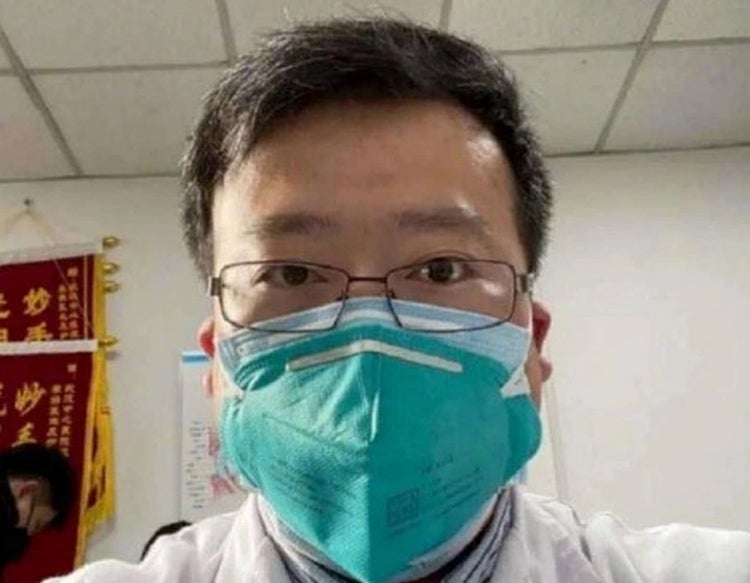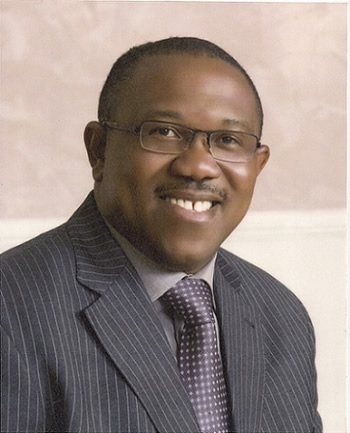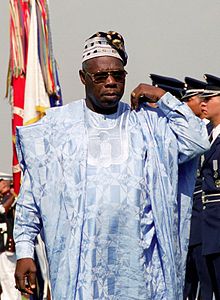A Chinese doctor at the Wuhan hospital, who first warned his colleagues of a “strange respiratory illness”, which turned out to be the dreaded Coronavirus, is dead.
Li Wenliang, a 34-year-old ophthalmologist, died due to complications from the coronavirus late Thursday evening (Friday morning in China).
His death has sparked anger and grief from Chinese citizens on Chinese social media who believed the government should have taken him seriously and investigated his claims. Instead, he was reprimanded by officials after warning about the disease in December.
Mr Wenliang was one of the first eight people to warn the public about the novel coronavirus.
Mr Wenliang, who was working in on the hospital in Wuhan, Hubei Province, had dropped a private warning message on “WeChat”, Chinese version of “WhatsApp” alerting his colleagues about “a SARS-like virus” spreading in Wuhan, the epicentre of the epidemic.
He first came in contact with the virus, after treating a glaucoma patient who at the time was not aware that he had already been infected with the deadly virus.
As soon as his chat went viral, Mr Wenliang had been summoned by Chinese authorities in Wuhan where he was accused of “rumour-mongering”.
He was reportedly reprimanded and told to sign a statement of silence and not to disturb public peace.
However, the situation took a new turn after the disease began to spread across the province and the country.
The national recognition of the crisis did not come until January 20, long after the virus had spread across the country.
By then, the government began to scamper for ways to control the spread of the disease and ordered a lockdown of most cities in China to prevent further spread.
Supreme price
Unfortunately, the doctor was also one of those who had contracted the coronavirus.
While Mr Wenliang was receiving widespread recognition among Chinese people as a ‘whistleblower’, the Chinese government in an attempt to cover up their actions attempted to promote him as a hero, downplaying his previous treatment by the authorities.
Meanwhile, in response to Mr Wenliang’s death, China’s anti-corruption agency, the National Supervisory Commission, announced on Friday that it is sending a team to Hubei to conduct a “comprehensive investigation.”
Many Chinese citizens have taken to their social media Weibo and WeChat to ask Wuhan authorities to apologise to Mr Wenliang (or his family).
Coronavirus
Meanwhile, the World Health Organisation on Thursday in its daily press briefing on the status of the 2019-nCoV outbreak said that the number of new confirmed coronavirus cases had fallen for the first time since the outbreak began.
While confirmed cases and deaths were still reported, WHO head of the World Health Organisation’s Health Emergencies Programme, Michael Ryan, said there are now 28,060 confirmed cases of infection in China and 564 deaths – with 225 cases in 24 other countries, where one death has been recorded, in the Philippines.
He said “a slight drop overnight in the number of people infected by the new coronavirus is welcome but nothing to celebrate”.
“Although we are pleased that the numbers from today are the first day in which the overall numbers of confirmed cases reported from China have dropped, and so we are thankful, and I’m sure our colleagues on the frontline in China are thankful too,” he said.
“But it is very difficult to make any prediction relating to that. We are still in the middle of an intense outbreak and we need to be very careful on making any predictions,” he added.
Fighting blindly
While news of the drop is a welcome boost, WHO Director-General, Tedros Ghebreyesus, said much more still needs to be done as scientists are yet to have a clear understanding of the disease.
Mr Ghebreyesus said there are still many things unknown about the fast-spreading coronavirus.
“There’s still a lot we don’t know. The source of the outbreak or the virus’s natural reservoir. To put it bluntly, we’re shadow boxing,” he said.
While scientists have made progress in sequencing the virus’s DNA and generally knowing how it is transmitted, he said “they still don’t know the source of the outbreak or its natural host, have a vaccine or treatment, and we don’t properly understand its transmissibility or severity”.
PREMIUM TIMES







